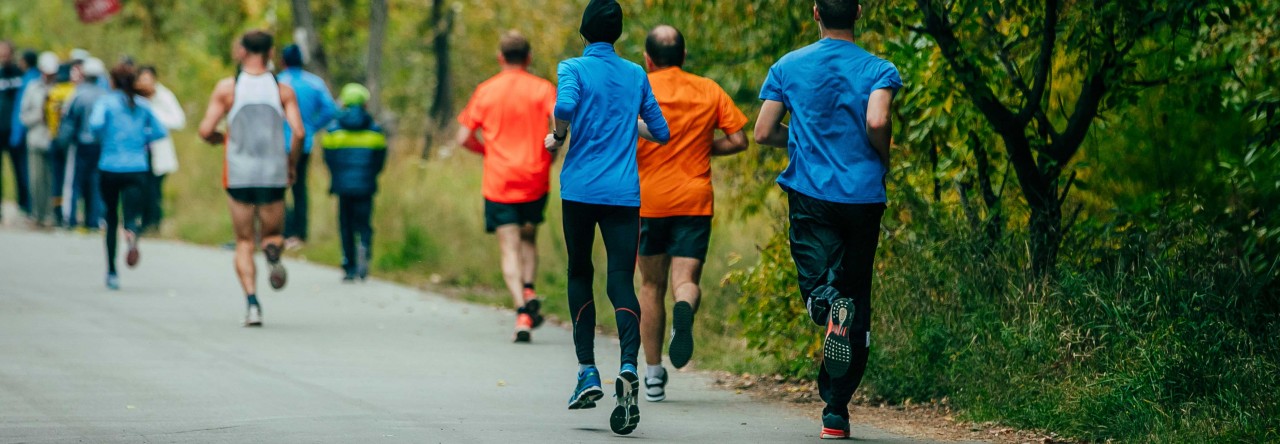Watched a video in which a successful running coach answered questions by one of his clients and one question was on footstrike if it matters how to land, as in forefoot or mid-foot or rear-foot. He said it does not matter and he repeated that over and over moving his head implying if it is an overrated topic and he is simply washing away all the fuss to enlighten his dear clients. Once he was done with the phrase “it does not matter” he continued “as long as you land under you hips, it does not matter how you land”. That was true but the way he approached it initially reminded me of those tricky visually-concealed lines in terms and conditions of a contract, maybe even in small font, that would work against customers! If he clearly highlighted the importance of landing underneath hips first, then yes, I would totally agree with him that footstrike does not matter much thereafter.
Landing under hips is what all physios – those with medical degrees and those without any! – would have consensus over it that is the best way of landing at running. There would be less pressure on knees and it would not generate any force against the direction of running. The question is how to achieve it? Can it be enforced?
The answer by me, based on Pose method of running, is it is the outcome of other things that happen before landing and it should not be enforced. Landing under hips happen if:
- There is no propulsion generated by muscular effort (no paw-back or push-off)
- There is no reaching forward to elongate stride length (no over-striding)
In an ideal case when everything is done correctly prior to landing, mid to front foot strike is expected to happen. It is actually hard to land on heels when landing underneath the hips; it would take moving hips a little bit backward, bending over waist which causes its own problems.
Is forefoot strike better than the others? Not necessarily. I have seen runners enforcing it while landing ahead of their bodies. That is still bad and exerts extra pressure on some parts, like Achilles tendon.


Comments are closed.